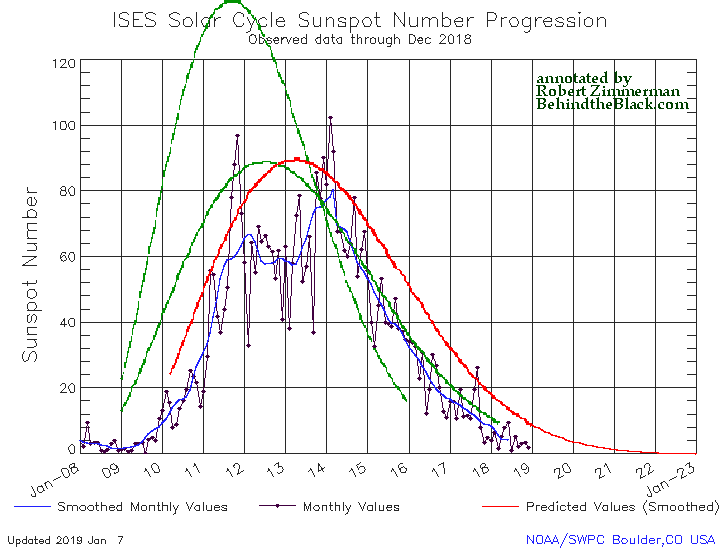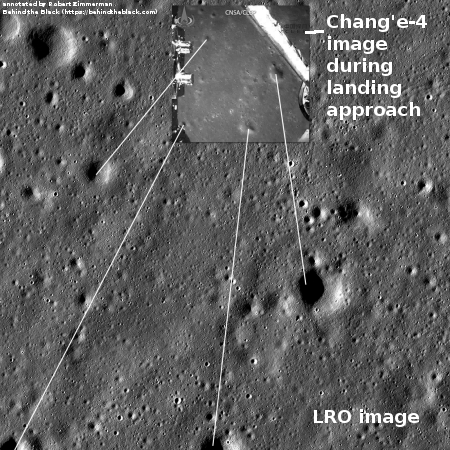Chandrayaan-2 launch now scheduled for mid-April
The new colonial movement: India’s Chandrayaan-2 lander/rover mission to the south pole region of the Moon has now been re-scheduled for mid-April.
The launch date had to be pushed from the initially scheduled January-February window, as a few related tests could not be completed by the Indian Space Research Organisation (Isro). Isro chairman K Sivan told the media on Friday that the next available slot is during March-April, and the launch could take place by mid-April. However, if this window is passed, the prestigious mission will have to be pushed again to June.
The article also suggests that they have made some changes to the mission’s flight plan.
The new colonial movement: India’s Chandrayaan-2 lander/rover mission to the south pole region of the Moon has now been re-scheduled for mid-April.
The launch date had to be pushed from the initially scheduled January-February window, as a few related tests could not be completed by the Indian Space Research Organisation (Isro). Isro chairman K Sivan told the media on Friday that the next available slot is during March-April, and the launch could take place by mid-April. However, if this window is passed, the prestigious mission will have to be pushed again to June.
The article also suggests that they have made some changes to the mission’s flight plan.








